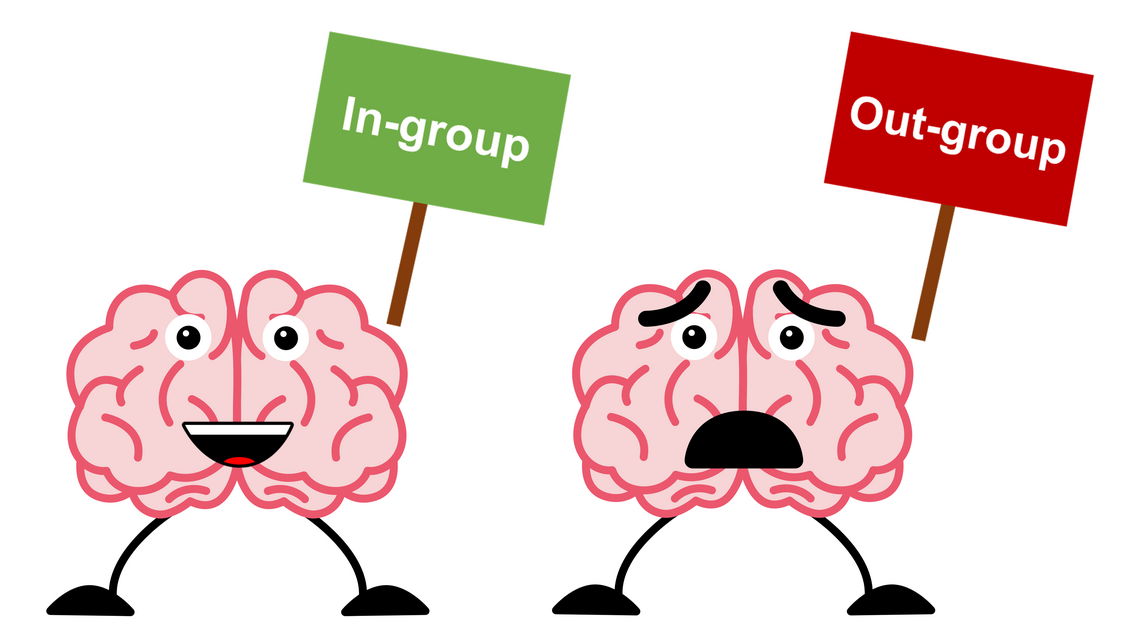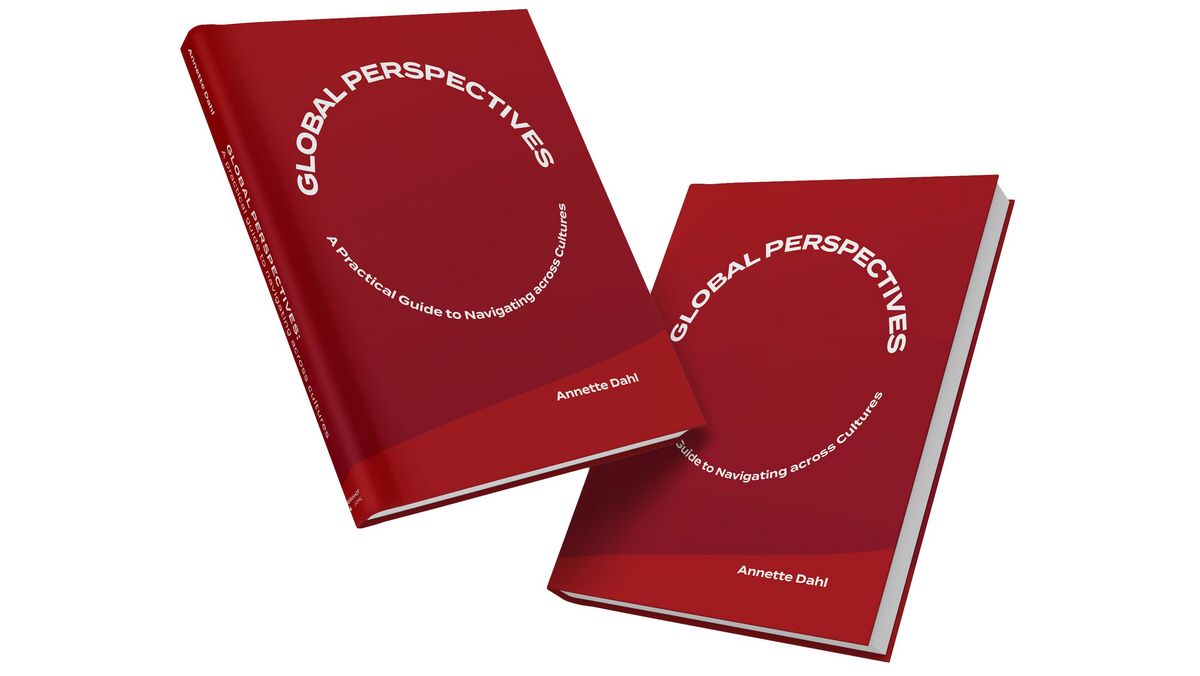
QUICK TIP: How to Help Your Brain Collaborate Better with People Who Are Different to You
Most of us work with people who are different from ourselves.
We may have colleagues who are from a different generation, have a different professional background or simply see the world differently than us. And perhaps we collaborate with people around the world who have a background in different national cultures.
Most of us probably hope to have good collaboration with our colleagues and business partners.
Unfortunately, our brains don’t always think along the same lines.
Because our brains automatically categorize people according to whether they belong to our In-group ('one of us') or our Out-group ('one of them'). And that can create challenges in everyday collaboration.
In this blog post, we take a look at what happens when our brains get us to assign people to the In-group and Out-group. And we finish with a few tips on how you can help your brain form good collaboration with people who are different to you.
What the research says
In recent years, neuroscientists have done numerous studies on how having people part of our In-group or Out-group affects our brain activity.
Here are some of the results of the neuro research:
- When we listen to a person from our Out-group, our brains make less effort to understand what’s being said compared to a person who belongs to our In-group.
- If you look at photos of people who look like you, the areas of the brain associated with empathy light up. The areas in question are activated to a lesser degree, or not at all, when people in the photos look different to you.
- When you register an emotion in someone from your own ethnic or cultural group, it activates those same emotions in your brain. But if you register the same emotions in people from other groups, there is no emotional resonance in the brain.
Other studies have focused on the correlation between how we categorize each other and how easy or difficult it is to build trust.
The overall conclusion is that we’re far more likely to trust people who resemble ourselves. And that tendency is established very early on in life.
For example, one study focused on two groups of 10-month-old babies, one group were American and the other were French.
When the French babies were shown two toys, one by a French-speaking adult and one by an English-speaking adult, they consistently reached for the toy offered by the French-speaking adult. The American babies similarly chose the toy offered by the English-speaking adult.
Expand your In-groups
It’s easy to create In-groups and Out-groups at work.
Those Indians we've outsourced our programming to code in a really weird way! Those lawyers who always take a belts-and-braces approach! Those young colleagues who are glued to their smartphones! Or those baby boomers who don't understand that it’s not like the old days ...
If you’re unlucky enough to have ended up in a colleague's Out-group, you can count on it being much more difficult to get your message across and gain their trust.
It goes without saying that the In-group-Out-group mechanism can create challenges in day-to-day collaboration. And if you collaborate with each other remotely, where communication and mutual trust are enough of a challenge in themselves, the difficulties become even greater!
The good news is that you can help your brain to lean toward a more appropriate direction.
Once you’re aware of the brain's In-group-Out-group categorizations, it’s easier for you to notice if you’ve placed a colleague in your Out-group. It's probably easy for you to list the ways in which you are different. Because your brain has become used to focusing on your differences.
In order to move your colleague into your In-group, you need to break the habits of your lazy brain and instead spot what you have in common. What common interests do you have? And what common goals are you working to achieve?
You can use the same method if you collaborate in a team where there are many differences.
Perhaps you’re a global team where teammates are based in China, India, Hungary and Denmark. You all have backgrounds in different work cultures where you’re used to doing many things in different ways. It’s easy for your brains to spot differences and to focus on them.
It’s therefore important that you establish a common team identity as soon as possible. What are your shared values and goals in the team? And what similarities can you find apart from the teamwork itself, e.g., in relation to family, hobbies and interests?
This doesn’t mean that you should avoid talking about the differences that exist in the team. But start by creating the foundation: A trusting collaboration where you’re in each other's In-group. Once that’s in place, you can start exploring how you can use your differences to bring new perspectives and solutions into play.
Where to go from here
Can we help your company use knowledge about the brain’s mechanisms to strengthen diversity and inclusion? Contact us for a chat!
Would you like more tips on how to achieve good collaboration across differences? Follow us here on LinkedIn – and sign up for our newsletter here.
More knowledge about the brain’s ground rules
Do you want to know more about the brain’s ground rules – and how to use your knowledge about the brain to strengthen collaboration with people who are different to you?
Then we can recommend the following books where you can read more about the research we refer to in this blog post:
- "Neuroscience of Inclusion: New Skills for New Times." By Mary E. Casey and Shannon Murphy Robinson, Outskirts Press in 2017.
- "Hjernesmart ledelse: Guide til hjernens spilleregler". By Anette Prehn, People'sPress, 2018 / "BrainSmart Leadership". By Anette Prehn, Reframe Publishing, 2022.
- "Driven by Difference: How Great Companies Fuel Innovation Through Diversity". By David Livermore, AMACOM, 2016.

